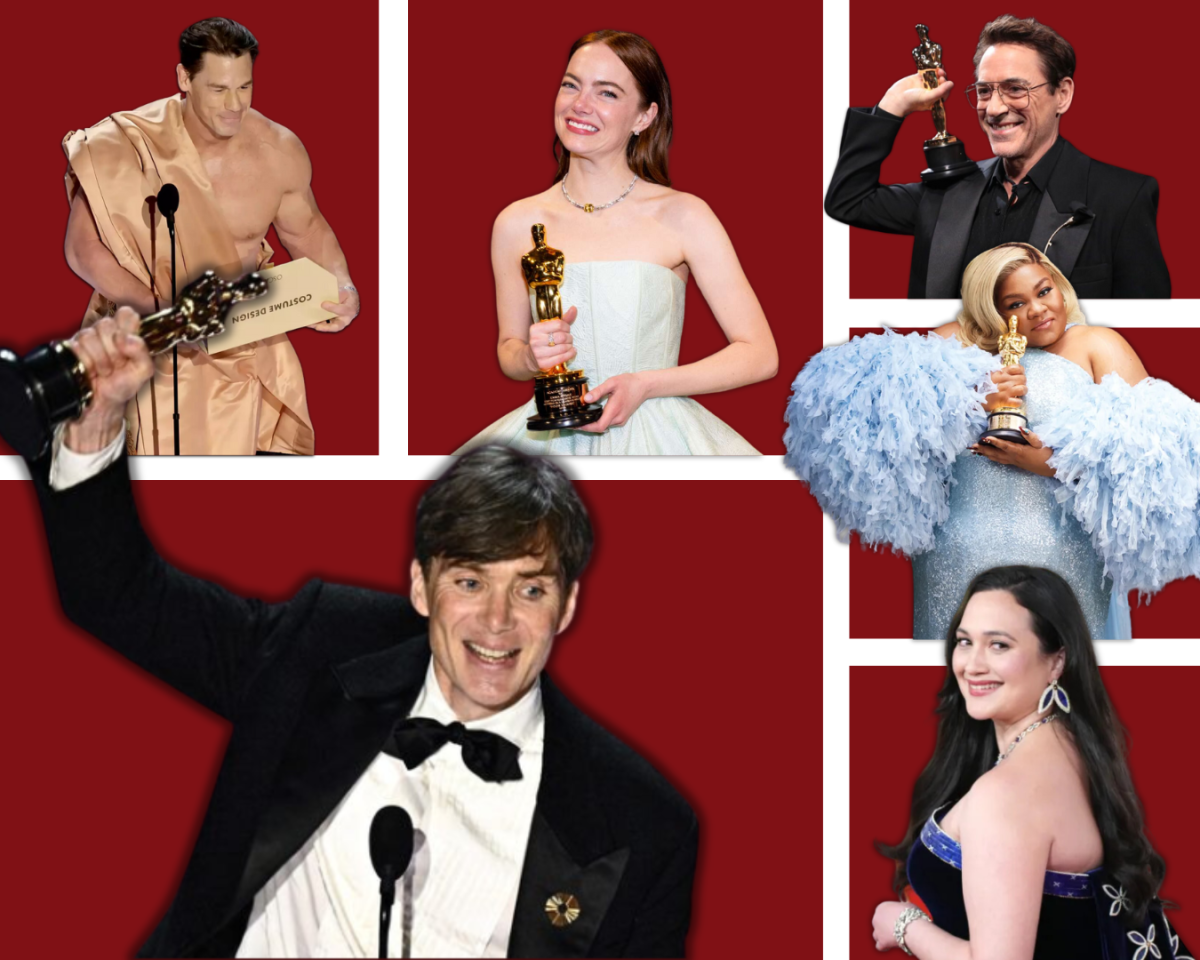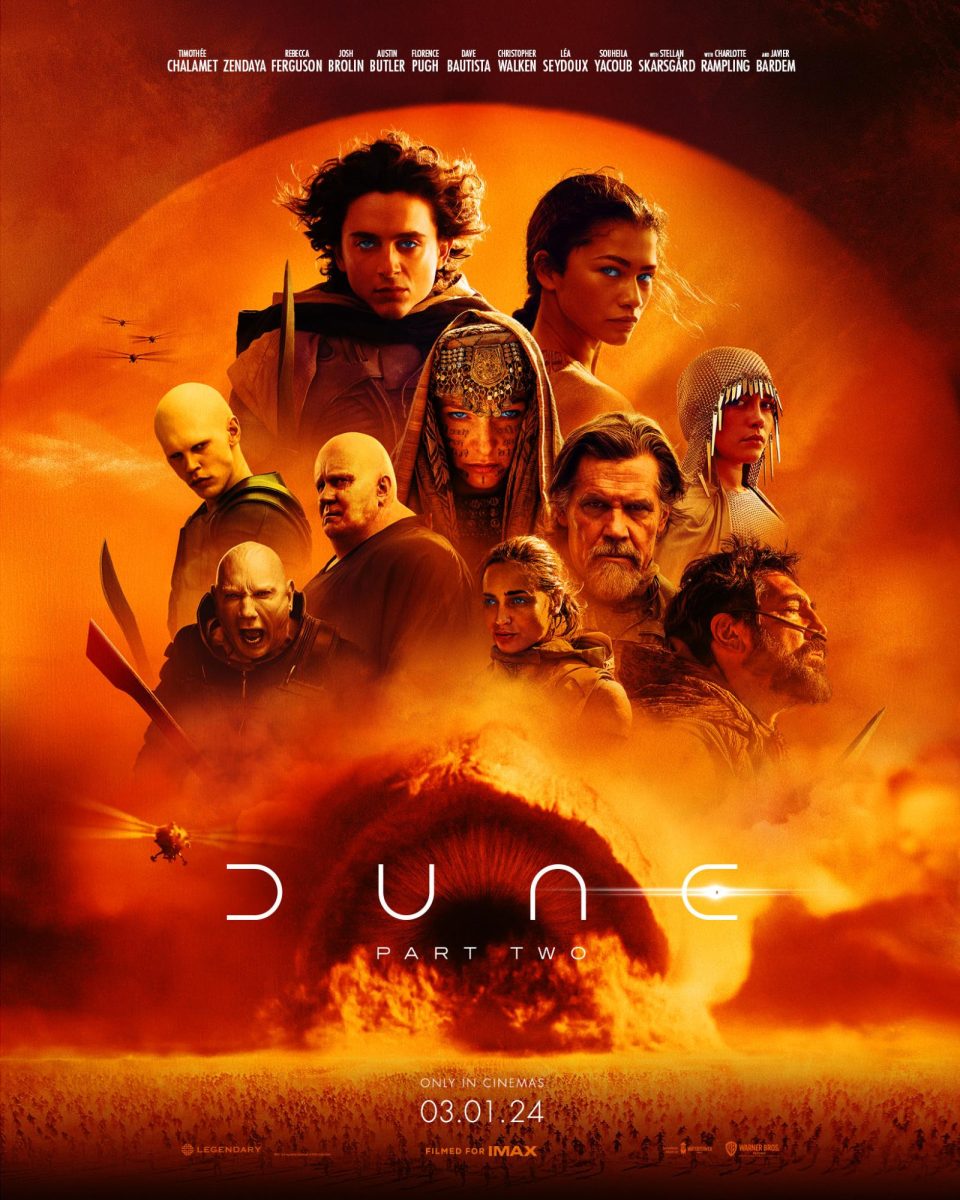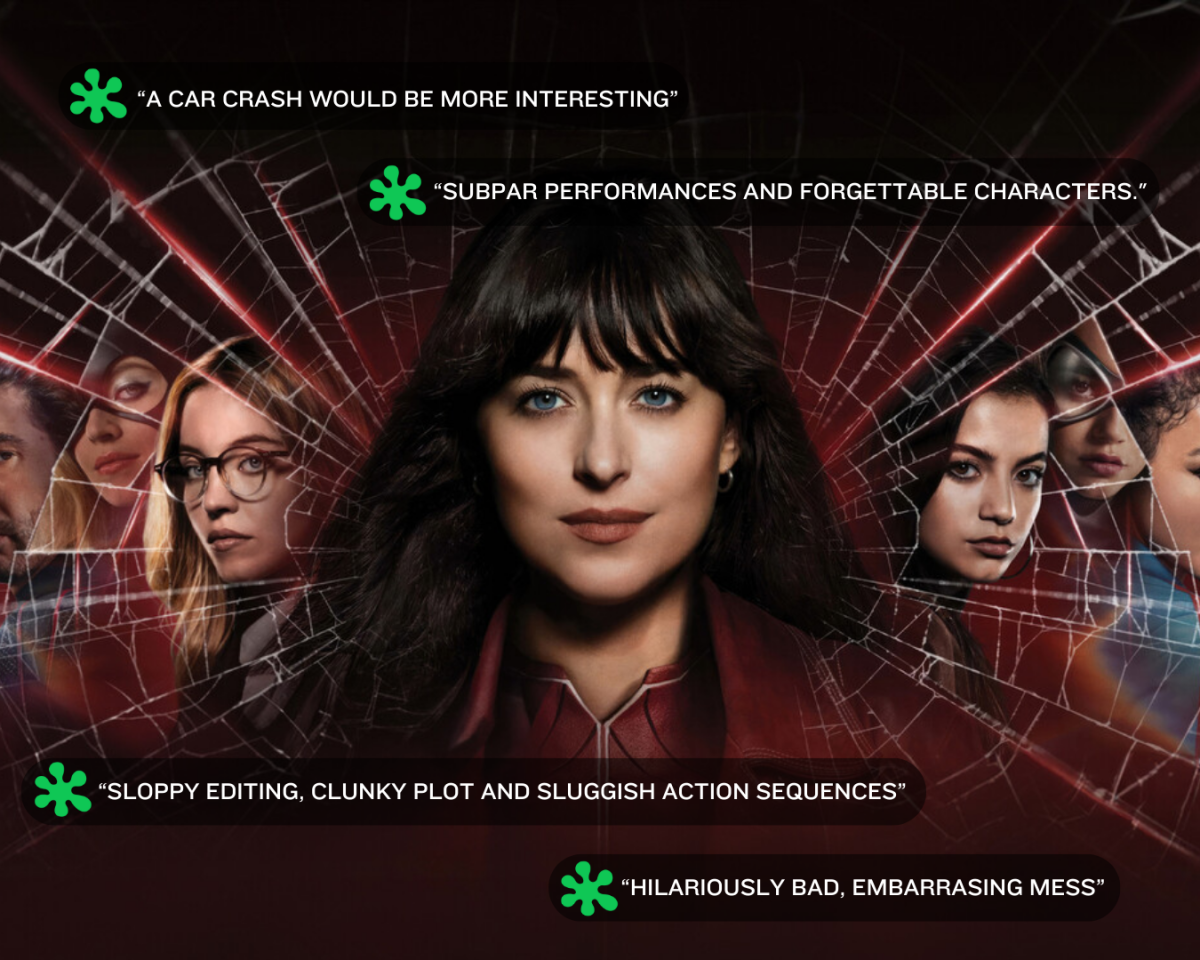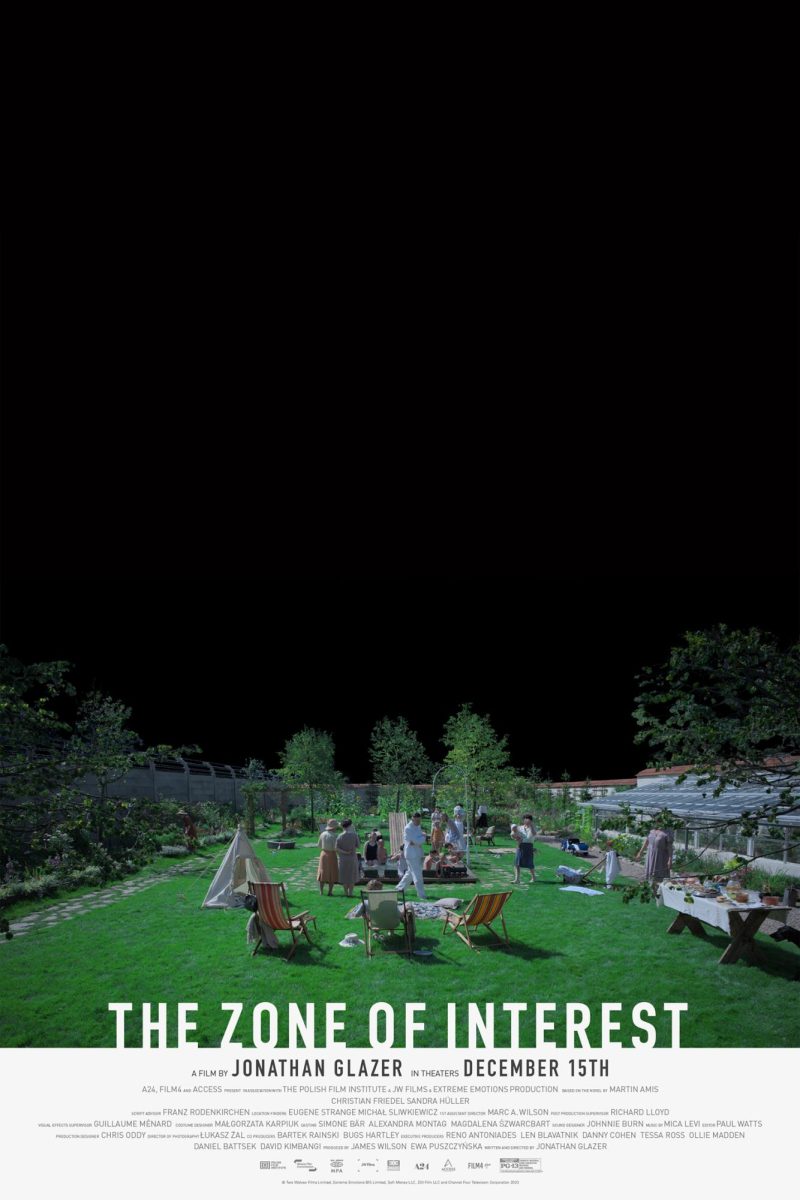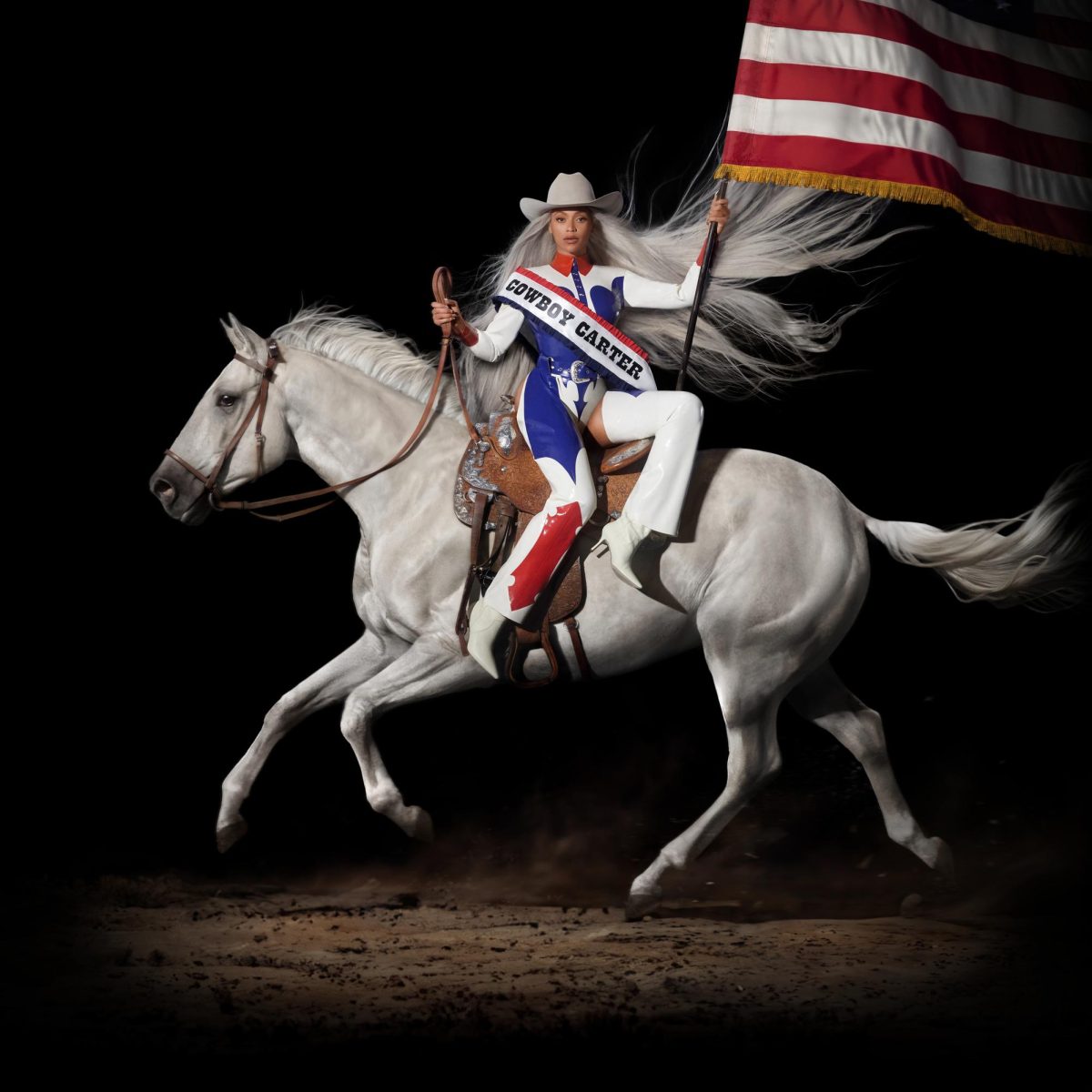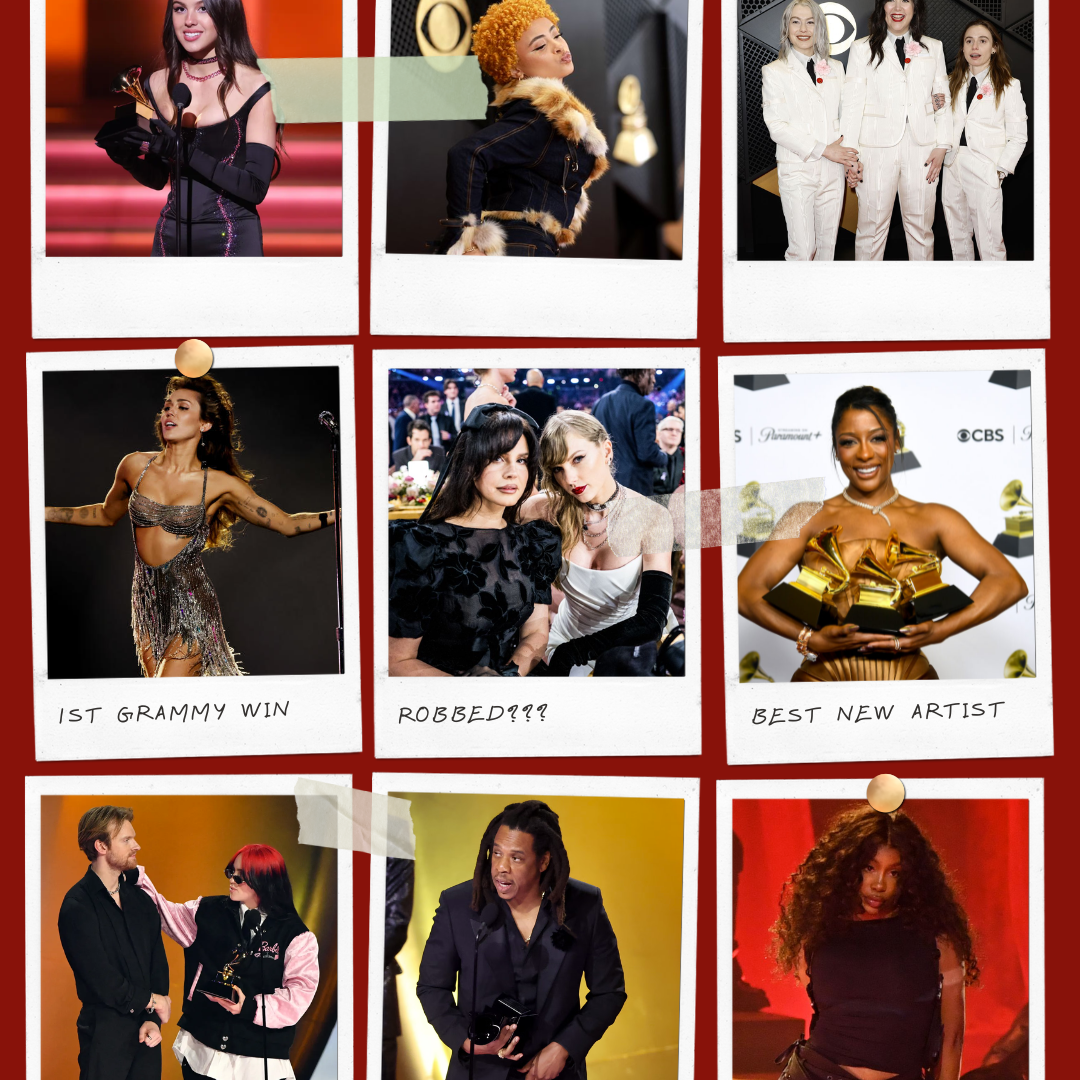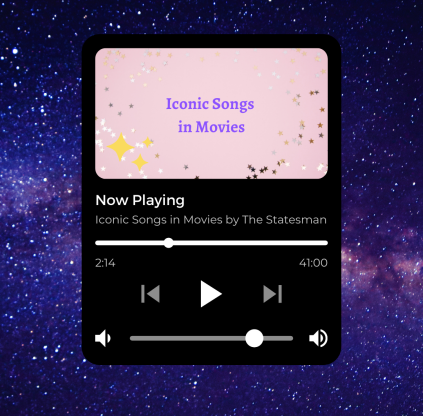
It’s unlikely that many music aficionados have had Demi Lovato’s 2015 hit “Cool For The Summer” in their Spotify rotation these days — that is, until March 4. The United States release of Hulu’s “Fresh,” a contemporary thriller starring Daisy Edgar-Jones and Sebastian Stan, reintroduced the former seasonal staple to modern audiences.
Likely a result of its integration into a fangirl-worthy sensual scene with Stan, society’s reinvigorated appreciation for Lovato’s track has opened up the conversation surrounding the relationship between films and their soundtracks. The symbiotic relationship between films and the songs they harbor offers an opportunity for each to be enhanced individually, and crafts iconic connections that create cultural cornerstones in the media.
As noted in an article by The Edge, a good soundtrack is integral to both a movie’s story and success, as it “becomes instantly memorable, recognizable and, at times, even bigger than the film itself.”
The role of film soundtracks — as well as film scores, defined by the Forte Composer’s Academy as “original music to accompany a specific film” — is multidimensional and serves as the backbone that many of the best films rest their Canon EOSs on. Soundtracks enhance the acting on-screen, as specific score and song selection serve to emulate and reinforce the emotions being expressed on screen.
Cueing up certain tunes also cues personal feelings, as the mood of the music playing heightens what audiences are seeing on screen, making the theatrical experience ever more compelling, and sending box office sales through the rooftop. As seen in a study published by Frontiers in Psychology, researchers found that the certain music scores — either melancholic or anxious — elicited different responses in viewers, both emotional and physiological.
This strong connection with the soundtrack is what takes movies from just visuals to experiences; the emotional closeness audiences feel to the characters on screen breaks the fourth wall in an artful and nuanced way.
Rather than bashing audiences over the head with excessive exposition and dry dialogue, music in films can show — or rather, sing — the emotions audiences should feel, so characters don’t have to. It immerses viewers in the film directly; music gives the audience the chance to interact.
One of the most premier examples of the emotional impact of soundtrack in film is Cameron Crowe’s 1989 romantic comedy, “Say Anything.” As nerdy main character Lloyd Dobbler attempts to win back the affections of gorgeous valedictorian Diane Court, cinema’s famous boombox scene was born, set to Peter Gabriel’s “In Your Eyes.” The song enhances the desperation of the scene, and hugs at the audience’s heart strings, as they feel Lloyd’s heartbreak in the lyrics.
The late ‘80s and early ‘90s were not only primetime for soundtracks as emotional tools, but for music in the blockbuster setting; many of Crowe’s and John Hughes’ cult classics catapulted songs to fame with their soundtracks. Most notably, Hughes’ “The Breakfast Club” is home to an iconic closing scene, in which the rebellious John Bender emerges victorious from the dregs of high school detention to Simple Minds’ “Don’t You (Forget About Me).”
Box office explosions instantly took the track to new heights, peaking at number one on the Billboard Hot 100 in 1985. With the help of the edgy teen romp, the Simple Minds piece reached audiences across the country and the world at large. In this case, while the track emphasized the triumph of the movie’s morally gray protagonist, the film repaid its soundtrack with immense chart success.
Music and movies will always intertwine. The intermingling of the two creates cinematic powerhouses, and propels each component far beyond the expectations of those in the writer’s room or in the movie theater. Together, film and music are working toward multimedia masterpieces, one sexy cannibal flick at a time.












